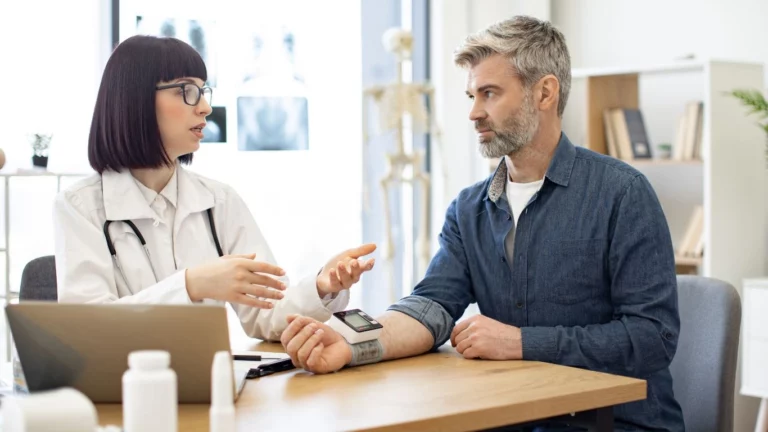Effective RA and Cold Hands Treatment Tips for Lasting Relief
Living with rheumatoid arthritis (RA) means dealing with a lot of unpredictable symptoms, but one that often flies under the radar is cold hands. If you’ve ever wondered about RA and cold hands treatment, you’re not alone. As a Rheumatology nurse practitioner, I’ve seen firsthand how this symptom can sneak in, making daily tasks feel even more challenging. Cold hands aren’t just uncomfortable—they can signal underlying issues in circulation and inflammation that deserve attention.
Why Do People with RA Often Experience Cold Hands?
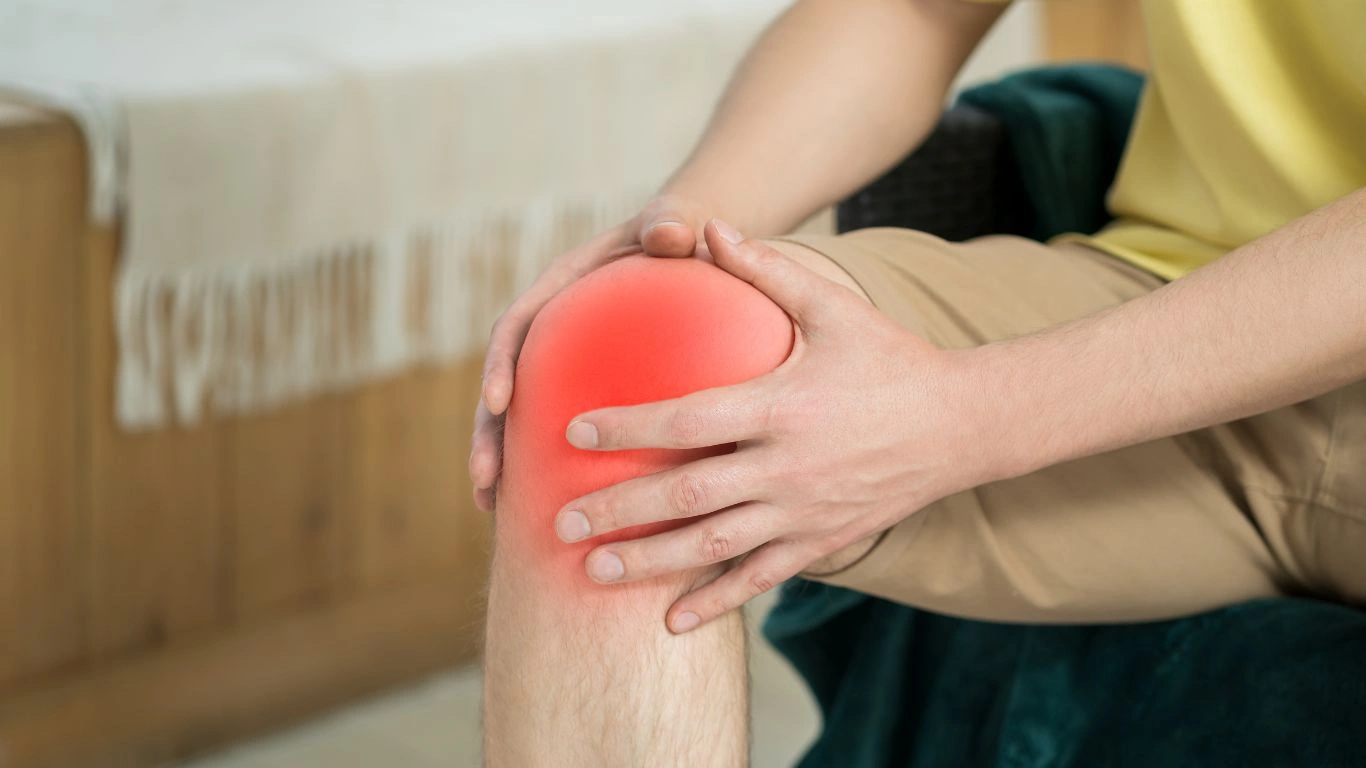
RA is more than just joint pain. It’s an autoimmune condition that causes chronic inflammation, and this inflammation doesn’t limit itself to your joints. It can affect blood vessels and nerves, leading to symptoms like cold hands. From my clinical experience, I’ve noticed that many patients describe a persistent chill in their fingers, especially during colder months or after being in a cool environment.
Here’s what’s happening behind the scenes:
- Inflammation of blood vessels: This can cause narrowing of small arteries, reducing blood flow to the hands.
- Nerve involvement: RA can cause neuropathy or nerve irritation, which affects temperature sensation.
- Raynaud’s phenomenon: A common overlap in RA patients, where blood vessels in the fingers overreact to cold or stress, causing them to feel cold or even change color.
Understanding these mechanisms helps explain why cold hands can be more than just a minor annoyance—it’s a sign your body is struggling with inflammation in ways you might not immediately recognize.
Tackling RA and Cold Hands Treatment: What Really Works?
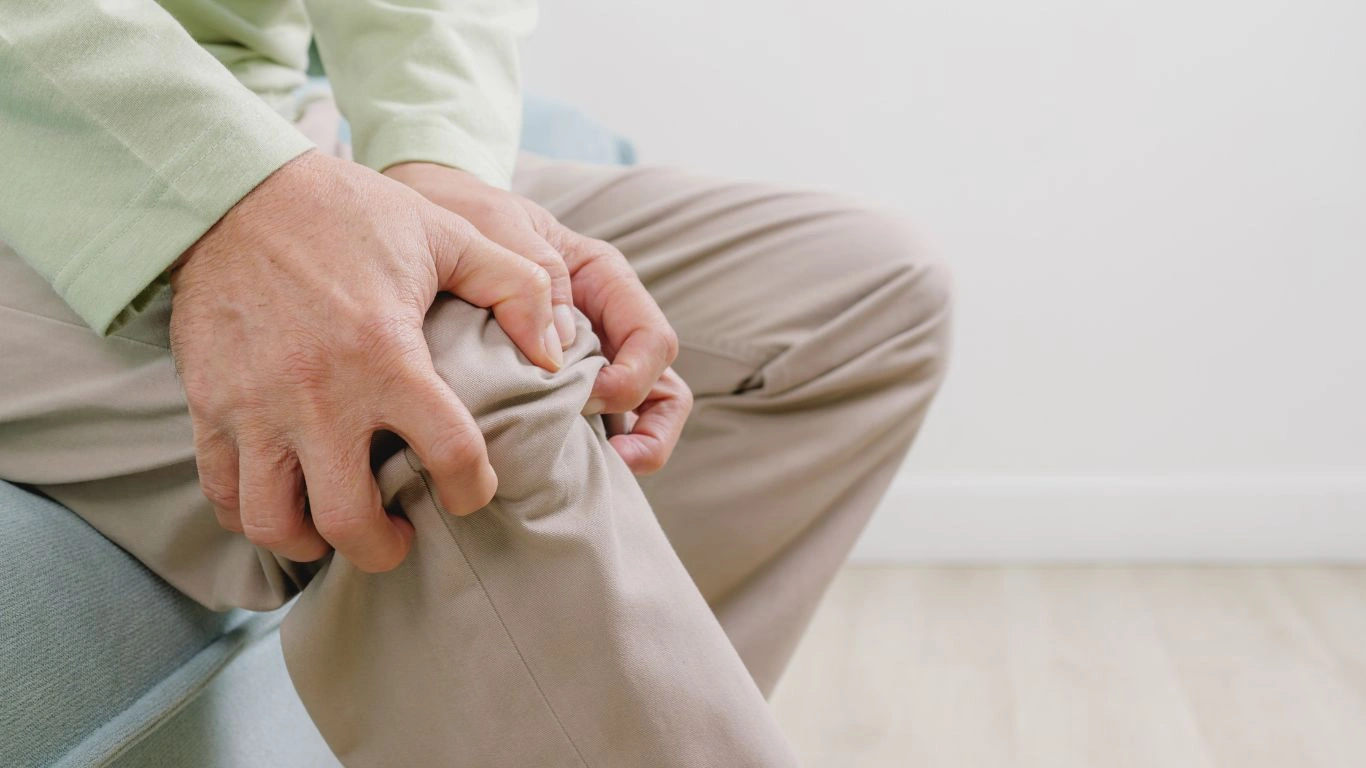
Managing cold hands when you have RA requires a blend of lifestyle changes, medical treatments, and sometimes simple practical tips. Over the years, I’ve guided many patients through this, and here’s what tends to make the biggest difference:
Keep Your Hands Warm—It’s More Important Than You Think
It sounds obvious, but staying warm is the first line of defense. Cold triggers can exacerbate blood vessel constriction, so here’s what I usually recommend:
- Wear insulated gloves—even indoors if necessary, especially in winter or air-conditioned spaces.
- Use hand warmers or heated pads for extra comfort.
- Avoid sudden exposure to cold water or air; always warm your hands gradually.
One patient told me they started keeping a small hot water bottle at their desk and noticed a huge difference in how quickly their fingers warmed up during work.
Medications That Can Help Improve Circulation
While treating RA inflammation overall helps, sometimes additional medications are needed to improve blood flow. Your rheumatologist might consider:
- Vasodilators: These drugs relax blood vessels, helping improve circulation.
- Calcium channel blockers: Often prescribed for Raynaud’s phenomenon to prevent spasms in blood vessels.
- Anti-inflammatory drugs: Controlling RA flare-ups with DMARDs or biologics can indirectly reduce cold hand symptoms.
From my experience, combining these treatments with lifestyle measures gives the best results.
Practical Tips and Lifestyle Changes to Ease Cold Hands with RA
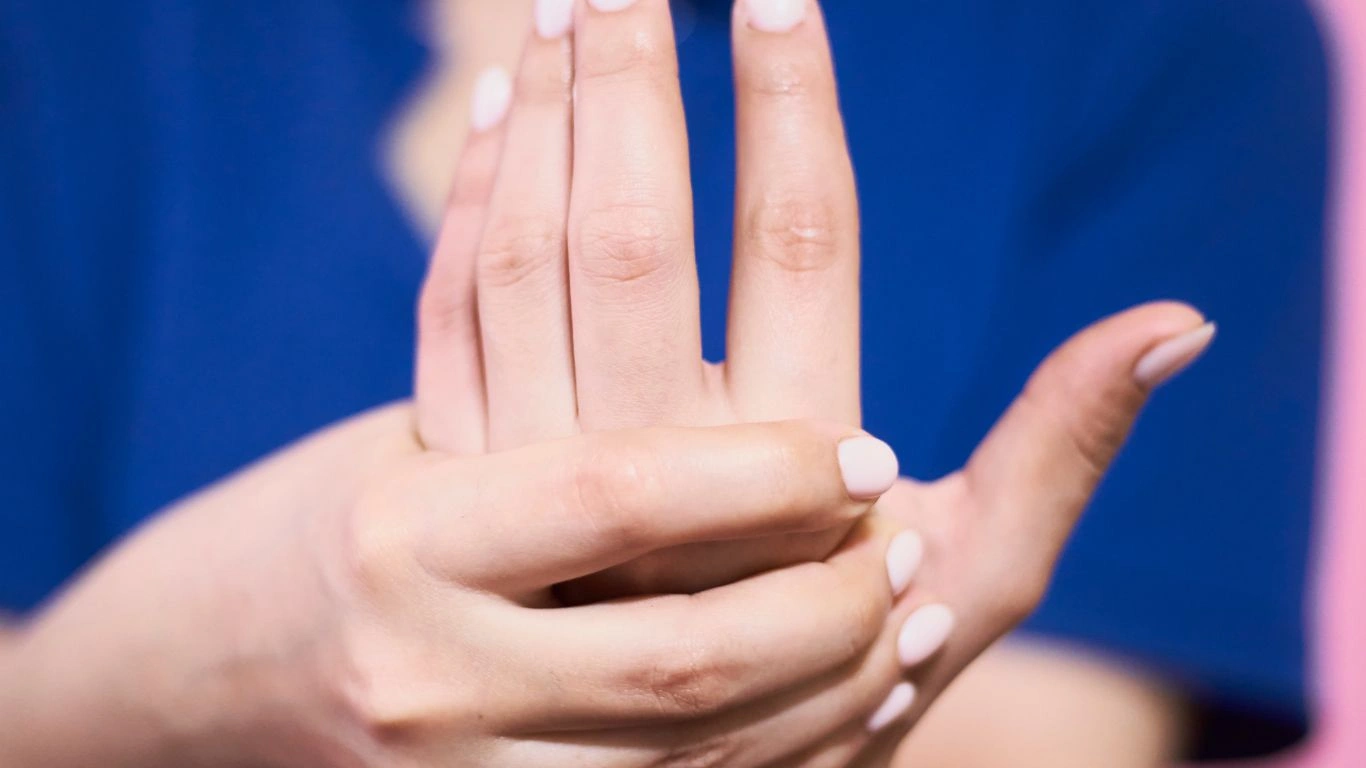
From years of working closely with RA patients, I’ve learned that sometimes the simplest changes can make the biggest impact. Cold hands aren’t just a physical sensation; they can affect your mood, concentration, and overall comfort. So, here are some of my top practical tips that I share with my patients to help manage RA and cold hands treatment naturally and effectively.
Stay Active and Keep Moving
It might sound counterintuitive when your joints hurt, but moving around helps improve circulation significantly. Even gentle hand exercises or stretching routines can stimulate blood flow and reduce stiffness. I usually suggest:
- Finger stretches and hand flexing several times a day
- Light aerobic exercises like walking to boost overall circulation
- Using stress balls or therapy putty to keep your hands active
One patient told me that after incorporating 5-minute hand stretches every hour at work, their hands stayed warmer and felt less numb by the end of the day. Small wins like that add up.
Mind the Temperature and Environment
Temperature control is key. Here’s what I’ve noticed helps a lot:
- Keep your home warm but not overly dry—dry air can worsen symptoms.
- Use humidifiers during winter to maintain moisture, which helps skin and circulation.
- Avoid air-conditioned spaces for long periods, or bundle up with gloves and scarves when you must be in them.
In my clinic, many patients have shared how simply switching to warmer bedding and wearing fingerless gloves at night improved their hand comfort dramatically.
The Role of Nutrition and Supplements in RA and Cold Hands Treatment

What you eat can influence inflammation and circulation more than many realize. While there’s no magic food to cure RA or cold hands, certain dietary habits can support your body’s fight against inflammation and improve circulation:
Anti-Inflammatory Foods to Incorporate
Based on evidence and my clinical experience, encouraging patients to focus on these can help:
- Omega-3 fatty acids: Found in fatty fish like salmon and flaxseeds, they help reduce joint inflammation.
- Fresh fruits and vegetables: Loaded with antioxidants, vitamins, and minerals essential for blood vessel health.
- Whole grains: Help maintain steady blood sugar, reducing systemic inflammation.
- Spices like turmeric and ginger: Known for their anti-inflammatory properties and potential circulation benefits.
Supplements Worth Considering
While supplements should never replace prescribed medications, I’ve seen some patients benefit from adding these, after discussing with their doctors:
- Vitamin D: Many RA patients have low levels, which can worsen inflammation.
- Magnesium: Supports muscle and nerve function, potentially improving circulation.
- Ginkgo biloba: Sometimes used to improve blood flow, but always check for interactions with other meds.
Always remember: supplements vary widely in quality, so it’s best to use reputable brands and consult your healthcare team.
When to Seek Professional Help for Cold Hands in RA
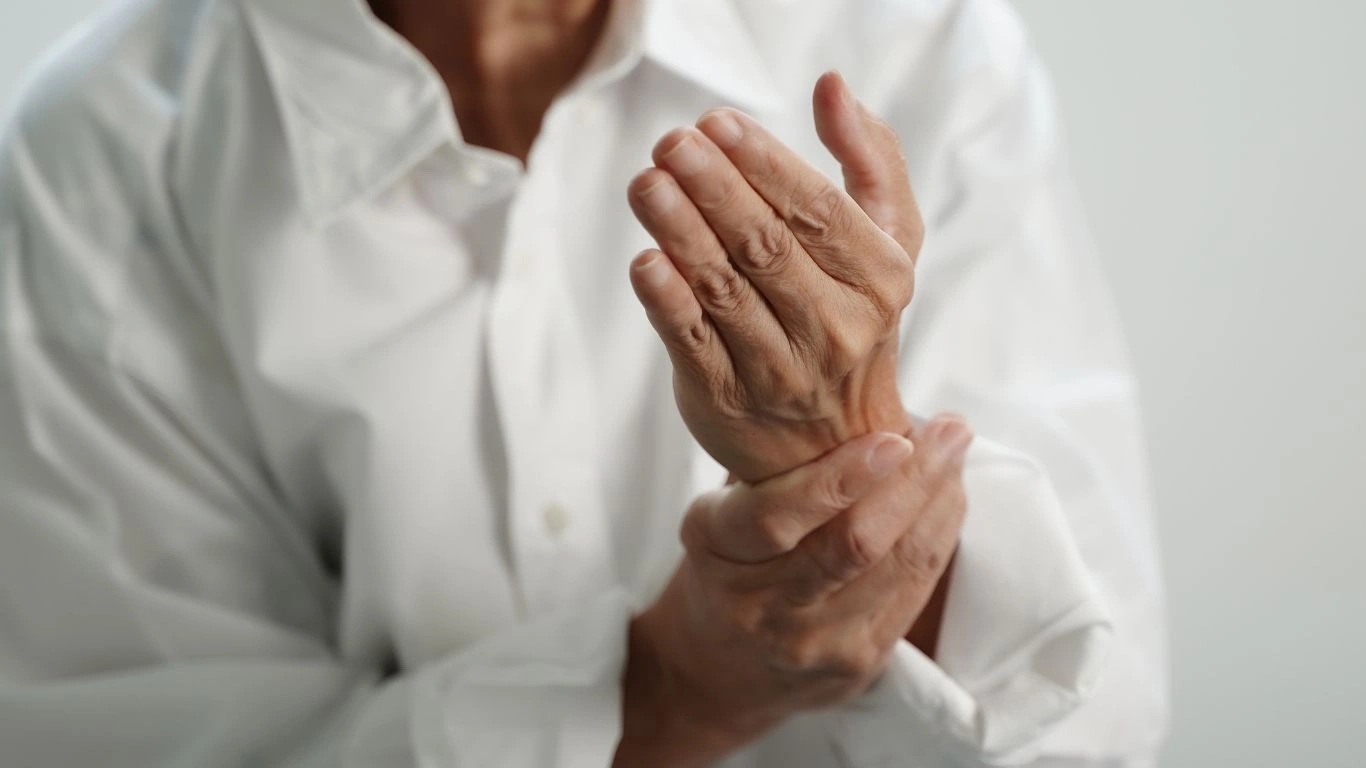
Cold hands can sometimes signal more serious complications, especially in RA patients. Here’s when it’s crucial to reach out for medical advice:
- If your fingers change color—turning white, blue, or red frequently—this might indicate Raynaud’s phenomenon requiring specific treatment.
- When you experience persistent numbness, tingling, or pain alongside the cold sensation.
- If you notice skin ulcers or wounds on your fingers that don’t heal well.
- When cold hands significantly interfere with daily tasks or quality of life despite home care.
As a nurse practitioner, I always emphasize the importance of regular check-ins with your rheumatology team. Sometimes, adjustments in RA medications or additional therapies for circulation can make a huge difference.
Also, remember that cold hands aren’t just “all in your head.” They’re a real, physical symptom that deserves attention and care. You’re not alone in this, and there are many ways to tackle it together.
Advanced Therapies and When to Consider Them for RA and Cold Hands Treatment
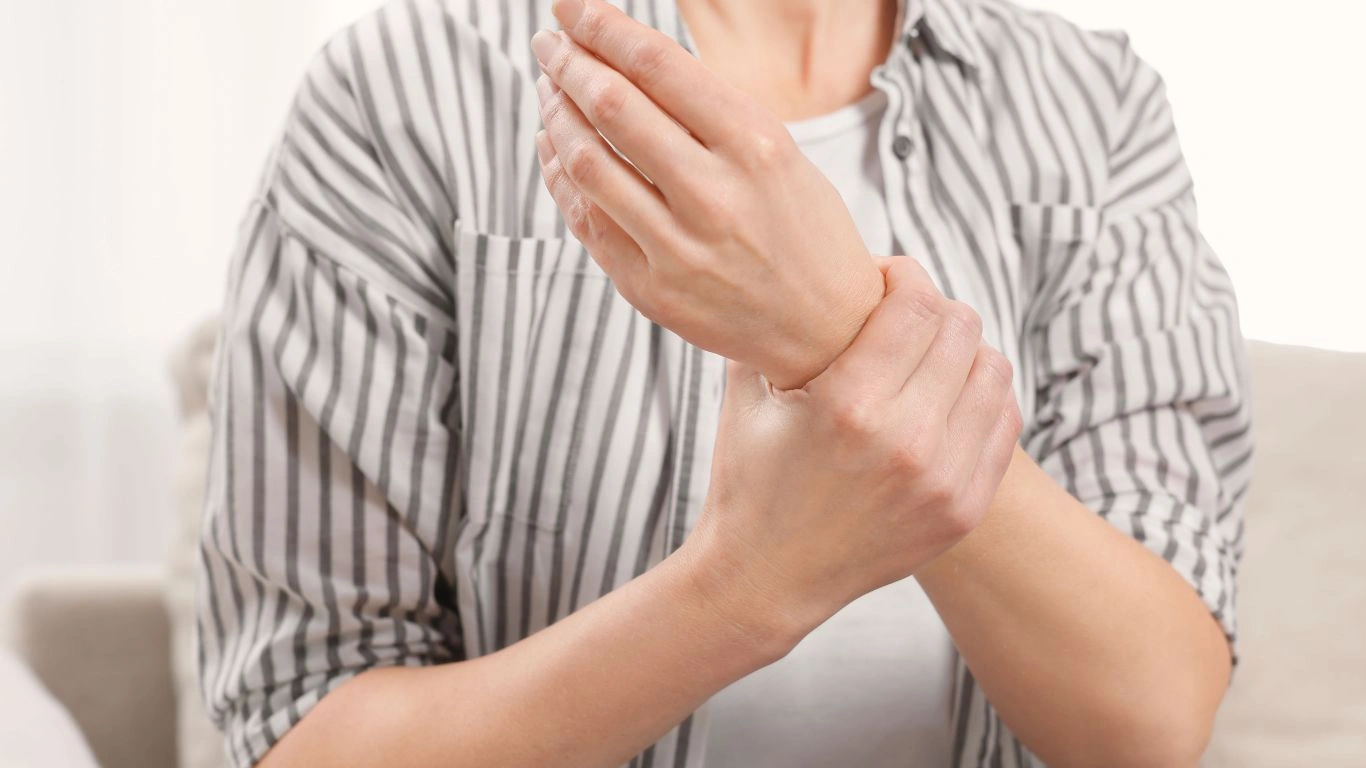
After years working directly with RA patients, I’ve seen that while lifestyle tweaks and basic medications help many, some folks need to explore more advanced options to manage their cold hands effectively. If your symptoms persist or worsen despite the usual care, don’t get discouraged—there are treatments designed to target the underlying causes more precisely.
Physical Therapy and Occupational Therapy
Physical therapy isn’t just about muscle strength; it can play a crucial role in improving circulation and nerve function in your hands. I often recommend physical or occupational therapy for patients struggling with persistent cold hands because these therapies offer targeted exercises and strategies to improve blood flow and reduce discomfort.
- Physical therapists may guide you through specialized hand exercises to boost circulation and reduce stiffness.
- Occupational therapists help adapt your daily activities to minimize strain and protect your hands, often suggesting ergonomic tools or heat therapies.
One patient I worked with started using hand warmers along with gentle stretching recommended by their therapist, and their symptoms significantly improved within weeks.
Botox Injections: A Surprising Option
You might be surprised to hear this, but Botox injections have shown promise in some RA patients with Raynaud’s phenomenon, which often coexists with cold hands. Botox can relax the blood vessels and reduce spasms, improving blood flow.
This treatment isn’t for everyone and usually comes after other methods have been tried, but it’s a tool worth discussing with your rheumatologist if you’re dealing with severe symptoms.
Surgical Options: When They Become Necessary
In rare cases, when blood flow is critically compromised or nerve damage is severe, surgical interventions may be considered. Procedures such as sympathectomy, which involves cutting nerves responsible for blood vessel constriction, can help improve circulation. This is typically a last resort after conservative treatments have failed.
As a nurse practitioner, I always stress that surgery is a big step and requires thorough discussion about risks and benefits. It’s important to have an experienced rheumatology or vascular surgeon on your team.
Emotional Wellbeing: Managing the Impact of Cold Hands on Daily Life

One of the less talked about aspects of RA and cold hands is the emotional toll it can take. Feeling physically uncomfortable all the time, especially in your hands, which you rely on so much, can be draining. From my conversations with patients, I’ve learned that acknowledging this emotional side is just as important as managing the physical symptoms.
Simple Ways to Stay Positive and Connected
Here are some ways I encourage patients to cope with the emotional challenges:
- Join support groups: Whether online or in-person, connecting with others who understand your experience can be uplifting.
- Practice mindfulness or meditation: These can help reduce stress, which in turn may ease symptoms like Raynaud’s attacks.
- Communicate openly with loved ones: Sharing what you’re going through helps others support you better.
In my practice, I always remind patients that it’s okay to ask for help and that managing RA is a team effort—including your healthcare providers, family, and friends.
Final Thoughts on RA and Cold Hands Treatment
Dealing with cold hands as part of rheumatoid arthritis can be frustrating, but there’s good news: a variety of treatments and lifestyle changes can make a real difference. From keeping warm and staying active to exploring advanced therapies and addressing emotional wellbeing, managing this symptom requires a holistic approach.
Remember, your experience is unique, and it’s important to work closely with your healthcare team to find what works best for you. I’ve seen many patients regain comfort and function by taking a proactive, well-rounded approach to their RA and cold hands treatment.
References
Disclaimer
This article is intended for informational purposes only and does not replace professional medical advice, diagnosis, or treatment. Always consult your healthcare provider before starting or changing any treatment plan.

Tarra Nugroho is a dedicated Nurse Practitioner with a strong foundation in family and preventive care. She brings both compassion and clinical expertise to her practice, focusing on patient-centered care and health education. As a contributor to Healthusias.com, Tarra translates medical knowledge into clear, empowering articles on topics like women’s health, chronic disease management, and lifestyle medicine. Her mission is simple: help people feel seen, heard, and informed—both in the clinic and through the content she creates. When she’s not caring for patients, Tarra enjoys weekend hikes, plant-based cooking, and curling up with a good health podcast.


